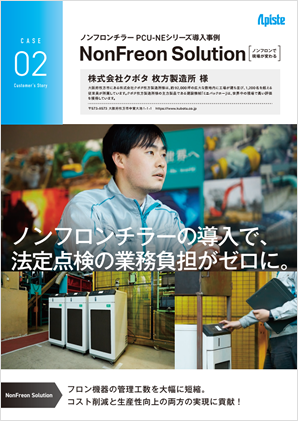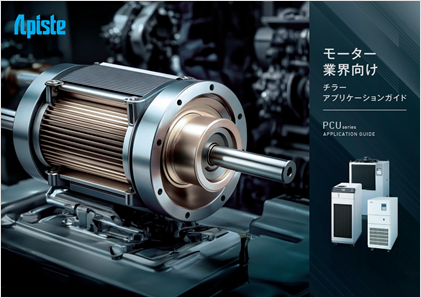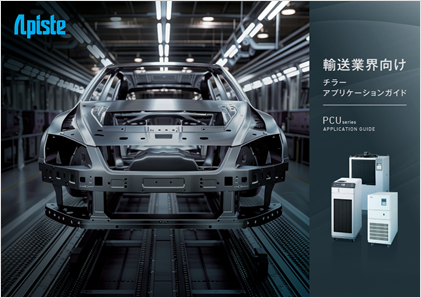Technical Information
3-1. Types and characteristics of cooling water
This explains the types and characteristics of common cooling water for heat exchangers.
We introduced the types of heat exchangers in "2-2. Liquid-cooled heat exchangers (liquid-liquid)". When using a liquid-cooled heat exchanger, water is often used as the cooling medium, as it is easily available and has good heat exchange efficiency. In this section, we will explain the types and characteristics of cooling water.
Advantages and disadvantages of each cooling water
| merit | Disadvantages | |
|---|---|---|
|
Well water
|
・No usage fee or cheaper than water The water temperature remains stable throughout the year ・Easy to ensure large flow rate |
・Initial costs are high, such as for excavation and pump installation - Bacteria and algae can easily grow -Water volume and quality vary depending on the location |
|
Tap water
|
- Water quality remains constant throughout the year ・Easy to ensure a constant flow rate throughout the year |
・ High cost -Water temperature fluctuates depending on the season |
|
Cooling tower
|
- Saves water resources and reduces costs ・Low running costs as it uses the heat of vaporization of water ・Large-scale cooling such as an entire building is possible |
・ circulating water becomes concentrated as the water evaporates, making it prone to scale formation. ・Algae and bacteria are likely to grow, causing slime The water temperature varies greatly depending on the season. ・ Flow rate decreases in summer when cooling is frequently used |
|
Chiller water
|
・ Savings on water and electricity bills -Consistent water volume and quality -Temperature and flow rate can be adjusted to suit the equipment ・Size can be selected according to the equipment and operation
|
・Construction at the time of installation is costly and time-consuming ・When an air cooler is installed indoors, it generates exhaust heat. |
Classification by water quality

| Tap water | Tap water is strictly controlled by the Water Supply Act, which sets 51 water quality standards. Due to this standard, the water quality is stable, but it is characterized by its high ion content, especially the high content of chlorine ions due to the disinfection/sterilization using chlorine, and by the inclusion of organic substances called trihalomethanes. |
| Well water | Groundwater is used for industrial purposes. Water quality varies greatly depending on the source. Unlike tap water, it is not treated, so it contains fungi and bacteria, which can lead to the growth of algae and slime. |
| Pure water | This refers to a state in which almost all salts and residual chlorine have been removed, and depending on the method used to remove impurities, it is called RO water (water that has passed through a reverse osmosis membrane) or deionized water (water that has had ions removed using ion exchange resins, etc.). |
| Ultra pure water | This is 100% pure water, theoretically as pure as water can be, with organic matter, elementary particles, and gases that cannot be removed by conventional methods being removed through various processes. Also known as "hungry water," this water has a high capacity to dissolve substances, and is used for cleaning silicon wafers in the semiconductor manufacturing process, such as ultra-LSI, and in the manufacture of pharmaceuticals. |
Water quality problems to watch out for
| Scale |
Scale is the buildup of insoluble components in water that adheres to and accumulates inside pipes. Scale is primarily composed of inorganic substances such as calcium, silica, and iron rust, and if left unattended, it can cause localized corrosion. If it adheres to the heat transfer surfaces of tubes in heat exchangers, it can reduce the heat exchange rate and increase operating costs. |
| Slime | Chiller circulating water, due to its temperature and the fact that residual chlorine disappears during circulation, tends to create environment suitable for the growth of microorganisms, causing the proliferation of algae, bacteria, fungi, etc. These microorganisms and the viscous organic matter they secrete are the cause of slime formation. Blockages caused by algae and slime can cause foul odors and become a health hazard. |
Previous item: 2-3. Direct cooling by chiller
Next item: 4-1. When there is a water path to the object to be cooled
People who viewed this page also checked out these documents:
Inquiry
For product inquiries, quote requests, etc.
Please feel free to contact us.


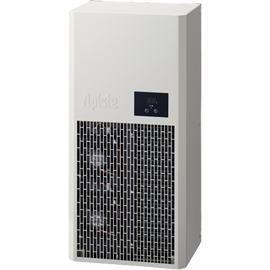
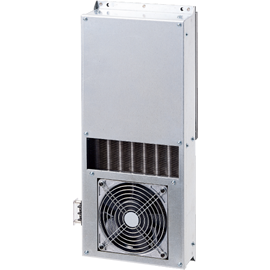
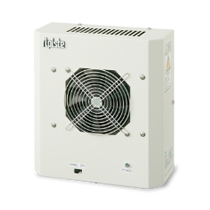
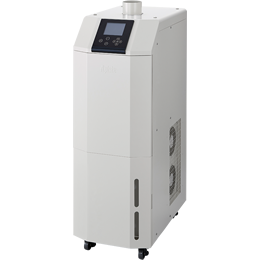
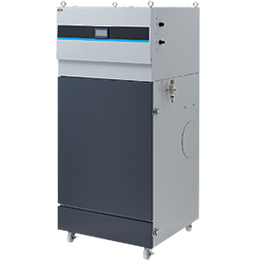
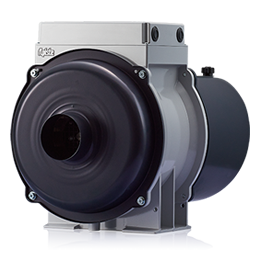
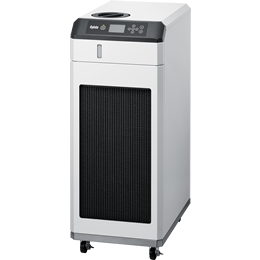
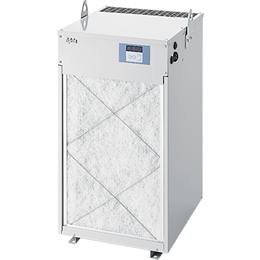


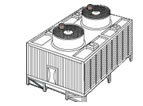

![Case study of the PCU-NE series of HFC alternative chillers [HFC alternative changes the workplace]](/files/user/images/common/bnr_case-pcu-ne.png)
